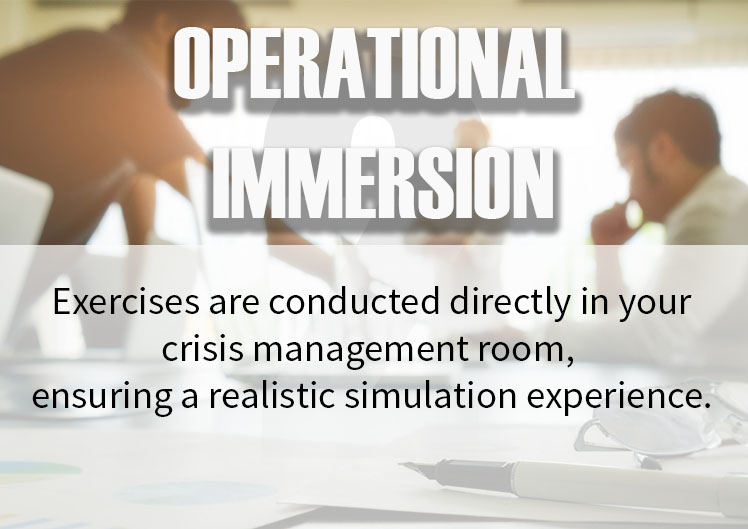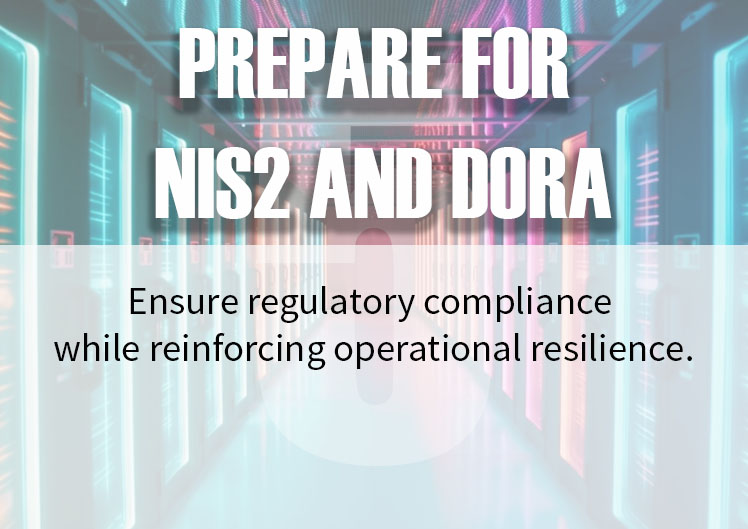D-Day Fortitude:
The cyber attack simulation at your premises!
Overview - Origins - The documentary - D-DAY FORTITUDE in action - Objectives - Book a simulation/Request - Q/A
Test your crisis management team
under conditions close to a real cyber event.
D-Day Fortitude is a cyber crisis simulation which provide an immersive and interactive approach!



Test and improve the skills of teams responsible for managing crises triggered by cyberattacks.



Testimonial
CEO:D-Day Fortitude provided us with an unparalleled simulation, revealing both our strengths and areas for improvement in the face of cyber threats.
CISO: D-Day Fortitude showed us the challenge of making real-time decisions with limited information, strengthening our ability to prioritize, collaborate, and act under pressure.






